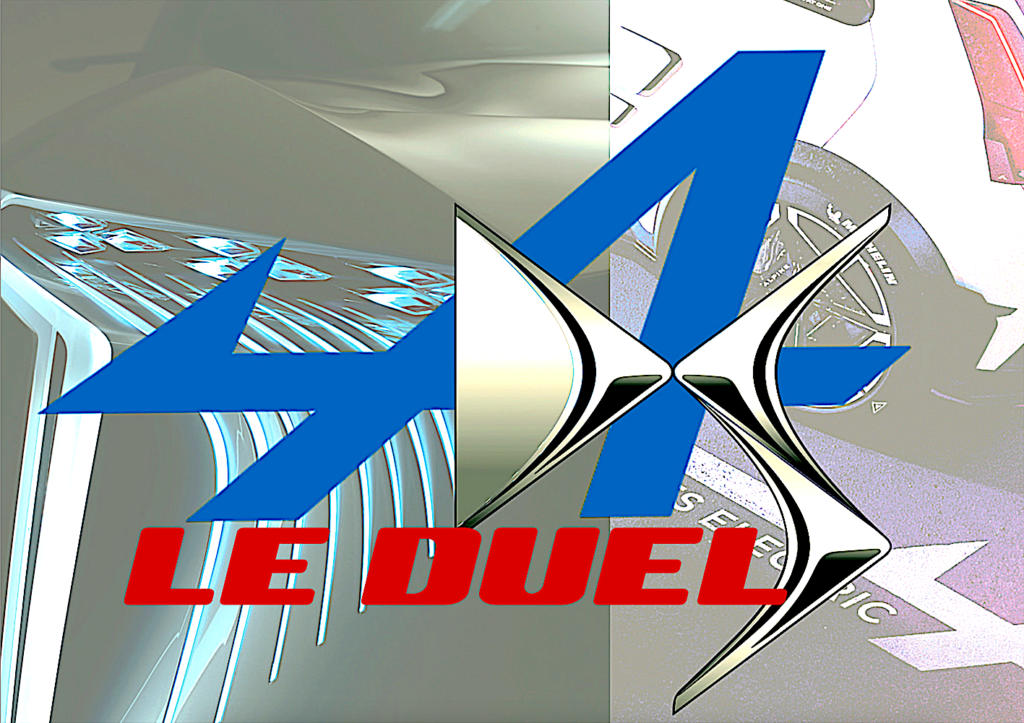

Pitting two up-and-coming French brands against each other in the premium and even sports car market is a surprise. While DS Automobiles, which was launched in 2014, can boast 23,464 French sales in 2023, Alpine – founded in 1955 by Jean Rédélé and relaunched in 2018 with the new A110 – will see its French sales increase by almost 26% compared to 2022, but will still account for “only” 2,693 units in France. These sales were generated by a single model and its derivatives. With these results, Alpine is still a long way from DS Automobiles, but is already closing in on Alfa Romeo, with 3,917 sales in France in 2023.
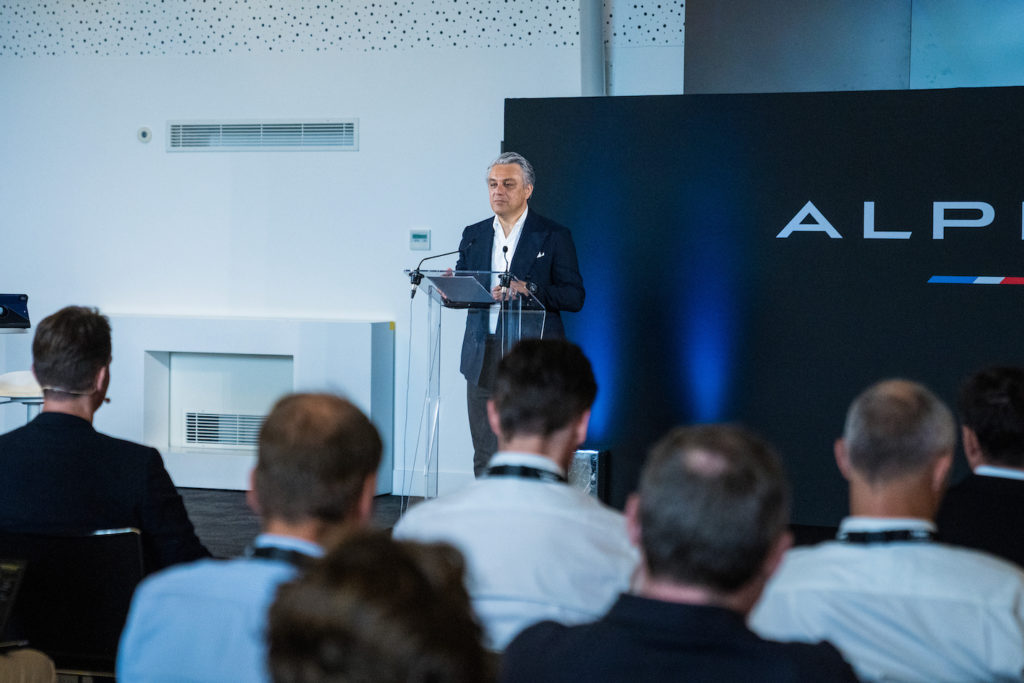
For Alpine, this is just the beginning, if we are to believe the words of Luca de Meo last June: “We have created a fully-fledged top-of-the-range company with an ambitious motorsport programme. Our plan is probably progressing faster than expected. We have generated more than two billion euros in cash and we are ready to embark on the final phase of our plan: the revolution.”
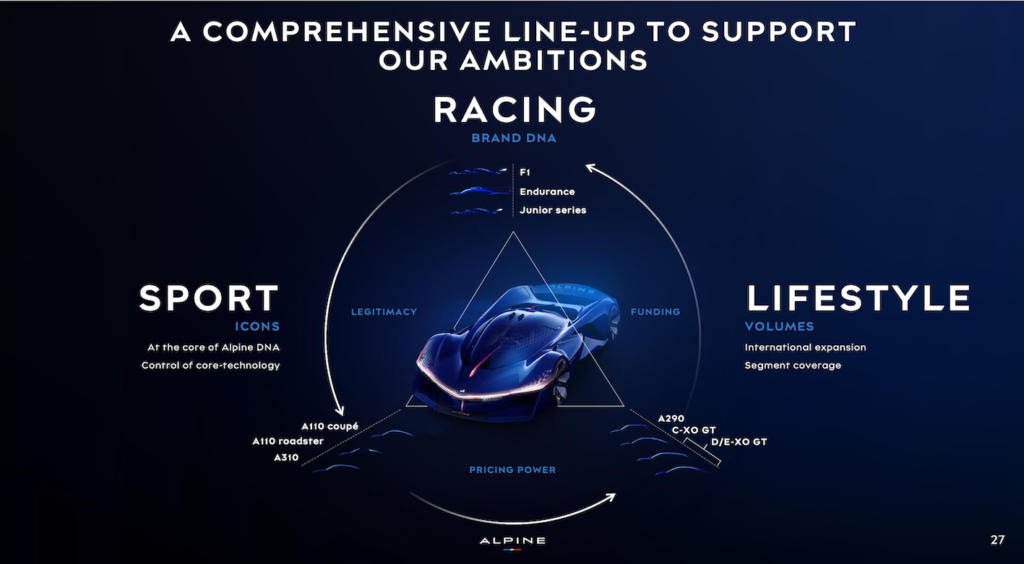
As Antonino Labate, Alpine’s Director of Sales, Marketing and Customer Experience, confirms, this involves a “strategy of expanding the range through the launch of seven new models by 2030”. In addition to these seven future silhouettes, Alpine is also announcing that it is opening up markets that were previously unimaginable: the United States and China, in addition to Europe and Japan.
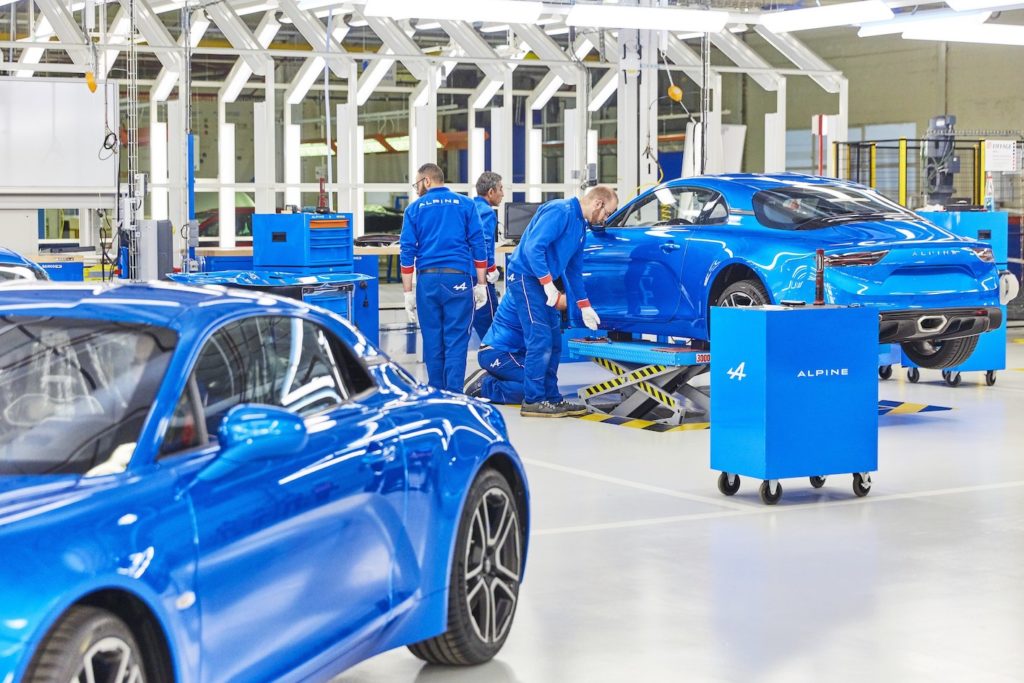
So, Alpine is not destined to remain the “petit Poucet” that DS Automobiles could legitimately ignore. On the contrary, if Alpine’s product plan and commercial success come to fruition between now and the end of this decade, Alpine could quite simply rocket up the charts and leave DS Automobiles behind! Unthinkable? Let’s see…
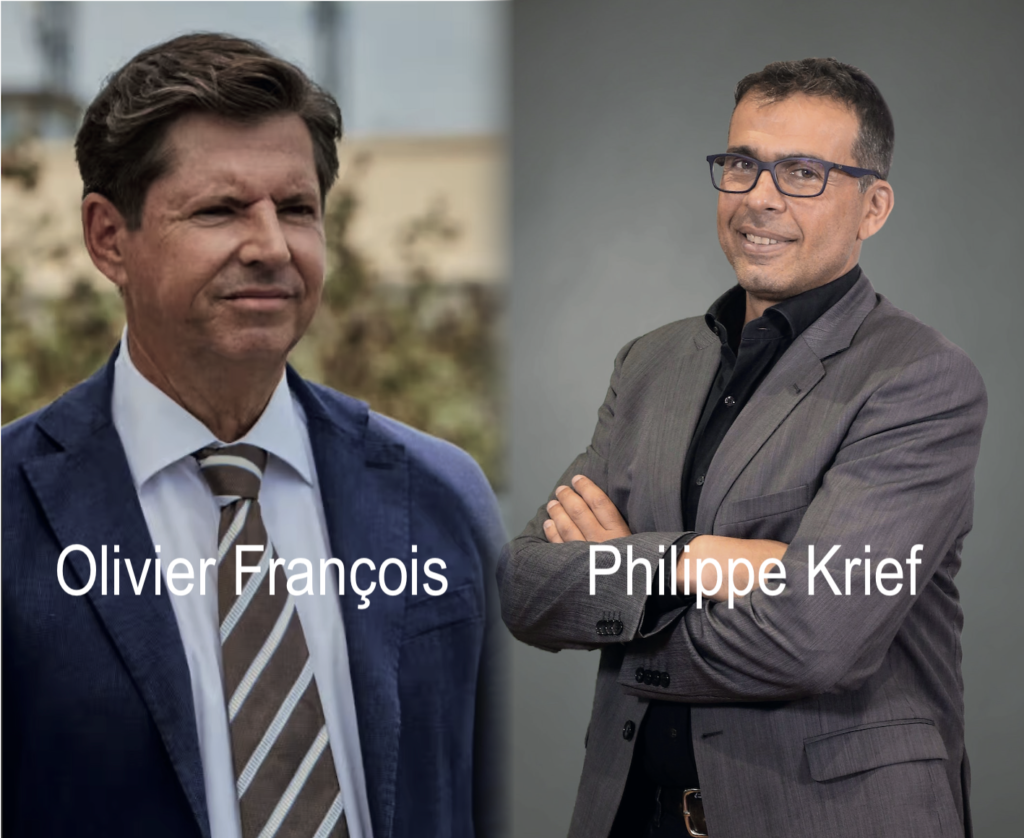
Ironically, the two French brands have both changed directors in 2023 (above). Philippe Krief was appointed head of Alpine on 20 July, having joined the brand a few months earlier as Director of Engineering and Product Performance. At the same time, Olivier François was appointed head of the DS Automobiles brand, replacing Béatrice Foucher, who was promoted to Product Manager at Stellantis. Perhaps surprisingly, Olivier François is already responsible for the Fiat and Abarth brands. One might have thought that he would have taken over the Citroën brand, in order to control the entire CORE division of the Stellantis group. At Alpine, Philippe Krief can draw on his experience in developing sports car ranges.
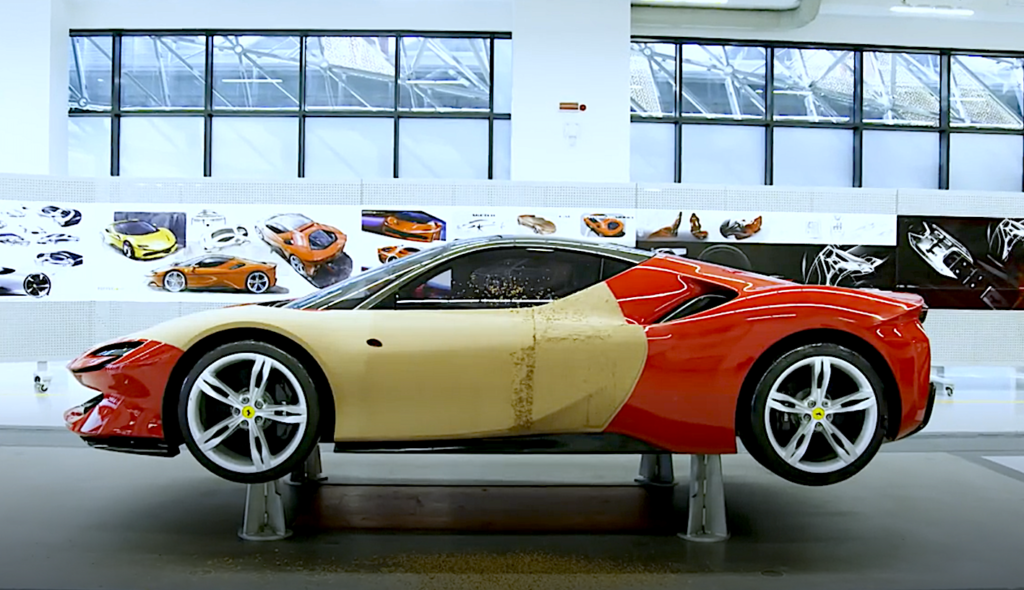
Before joining the Renault Group, he pursued his career with Ferrari and then Maserati, and was Technical Director of Alfa Romeo. At Ferrari (above), he was Director of Engineering and Head of Research and Development. A product man at the helm of a brand that has gone from one to seven models can only be beneficial.
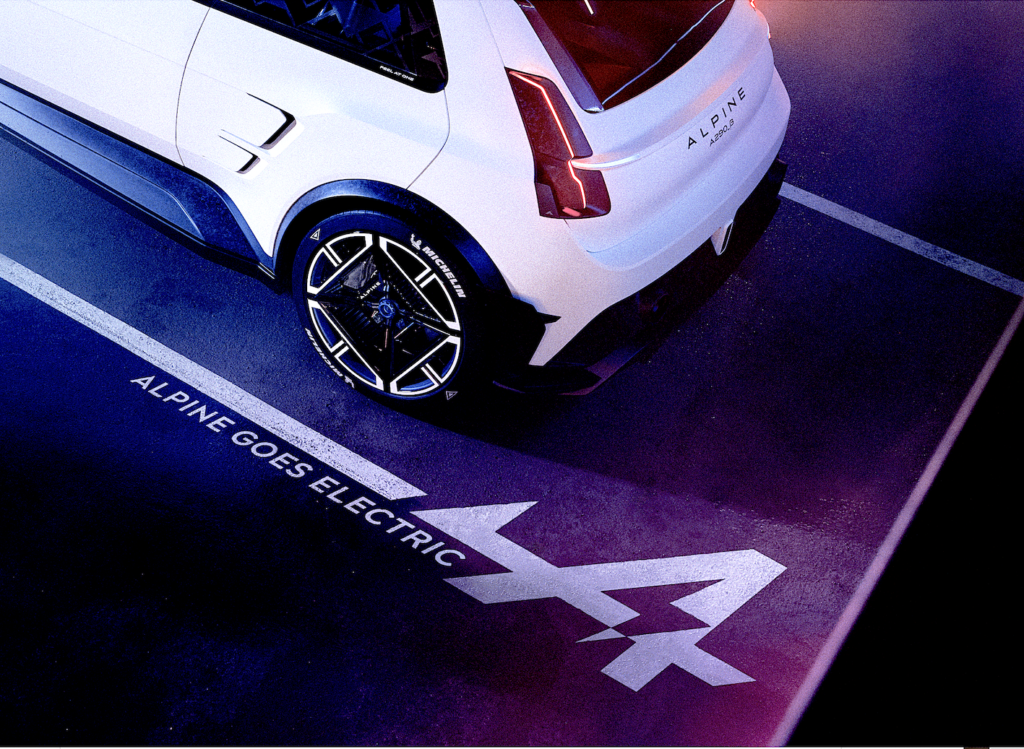
So the two brands have recently changed bosses, and they also have the same strategic objective: it will be 100% electric for both of them. From 2024, DS will present only new 100% electric models (starting with the electrification of the DS4) and a range with electrified versions, such as the DS7. At Alpine, it’s even simpler: all seven models announced from 2024 will be electric, starting with the small A290 below.
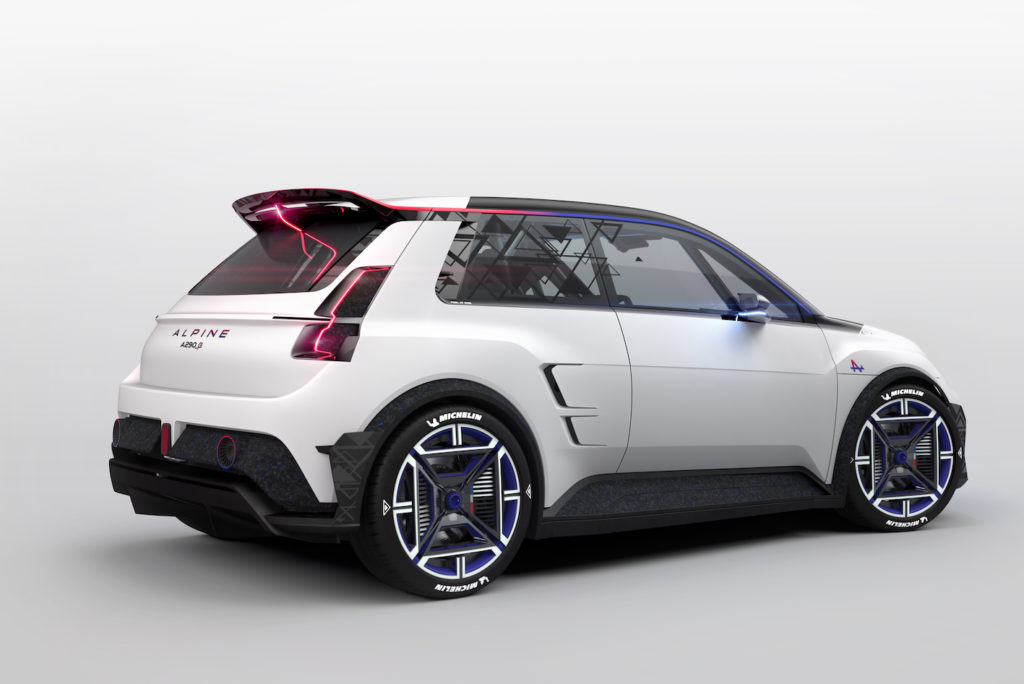
The similarities between the two French brands don’t stop there. Their design is also in French hands. At Alpine, Antony Villain, a Renault Group designer since 1998, has been in charge of design since 2012. At DS Automobiles, Thierry Métroz has taken charge of the design of the brand, which was born in 2014 from the split between the Citroën range and the DS ‘line’ integrated into that range.
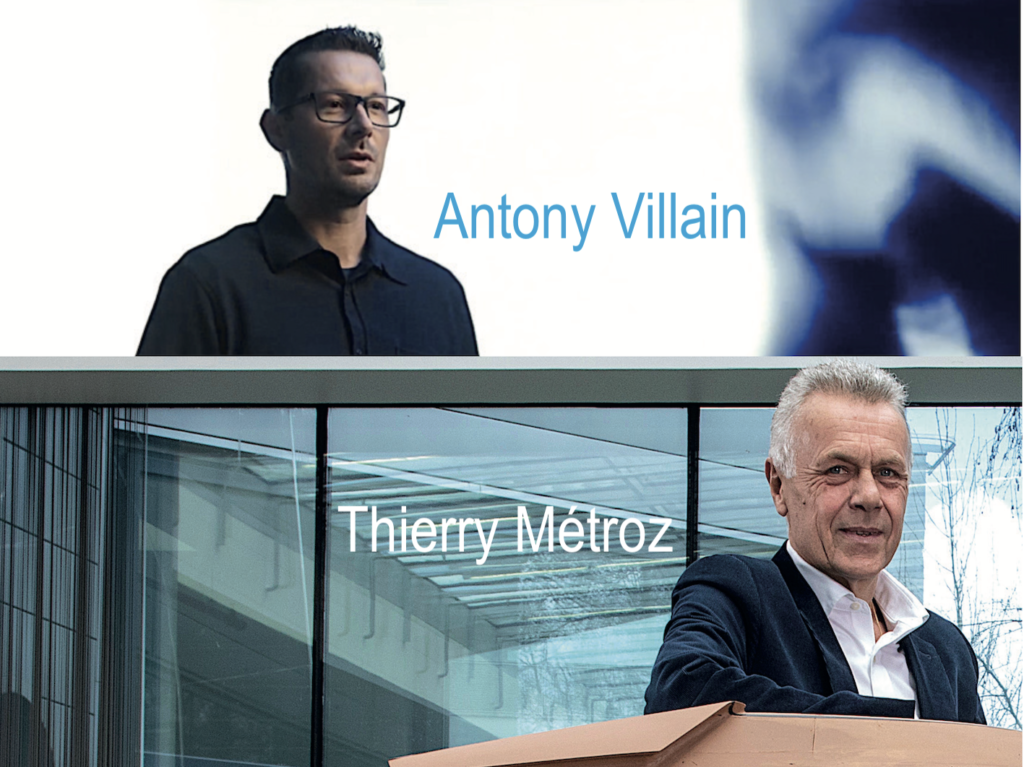
At Stellantis, DS was born alongside Peugeot and Citroën, then came Opel, Alfa Romeo, Lancia, Fiat and Maserati, not to mention the American brands of the former FCA group (Fiat Chrysler Automobiles). While Alpine is clearly positioned within the Renault group alongside Renault, Dacia and Mobilize, the situation is a little more complex for DS Automobiles, which shares the Stellantis ‘Premium’ division with its cousins Lancia and Alfa-Romeo.

If we mention design, it’s firstly because it’s our obsession (!) but also, and above all, because the unexpected duel announced by us will above all involve product duels between the two brands. Today, it’s hard to believe that Alpine could go and tickle DS Automobiles: the two manufacturers don’t play the same score and the music isn’t the same between an A110 and a DS7. But tomorrow, things will be very different. Some of the next seven Alpines will compete head-on with the DS range…
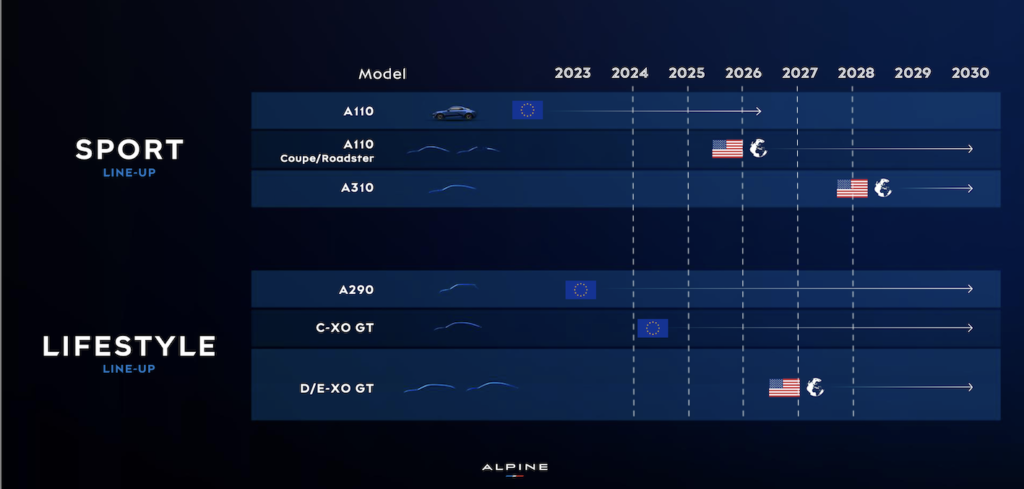
What are the product plans of the two belligerents? Alpine’s is official, while DS Automobiles’ is more secretive in the long term. So let’s start with the latter, with the only official information communicated by the brand: “from 2024, DS Automobiles will expand its range by marketing the DS 4 in a 100% electric version, and then unveil a new creation, inaugurating Stellantis’ first 100% electric project based on the STLA M global platform”.
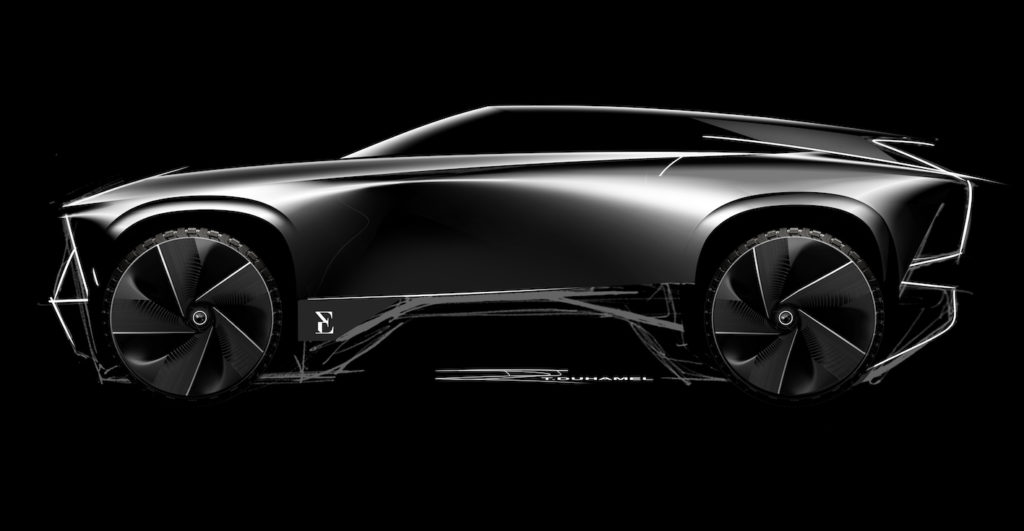
This second new DS for 2024 will be a crossover in the C+ segment, and will be aimed at customers in the D segment of road cars. Dressed in a fastback-style body, like the Peugeot 408, but with a small recess for the boot, this new DS will adopt an architecture that will move away from the SUV aspect (this will be for the Opel Monza, which will follow in 2025) towards a more crossover appearance. This car, which will be called the DS8 – but nothing is official yet – is expected to be longer than the 408 and to exceed 4.70 metres, or even approach 4.80 metres.
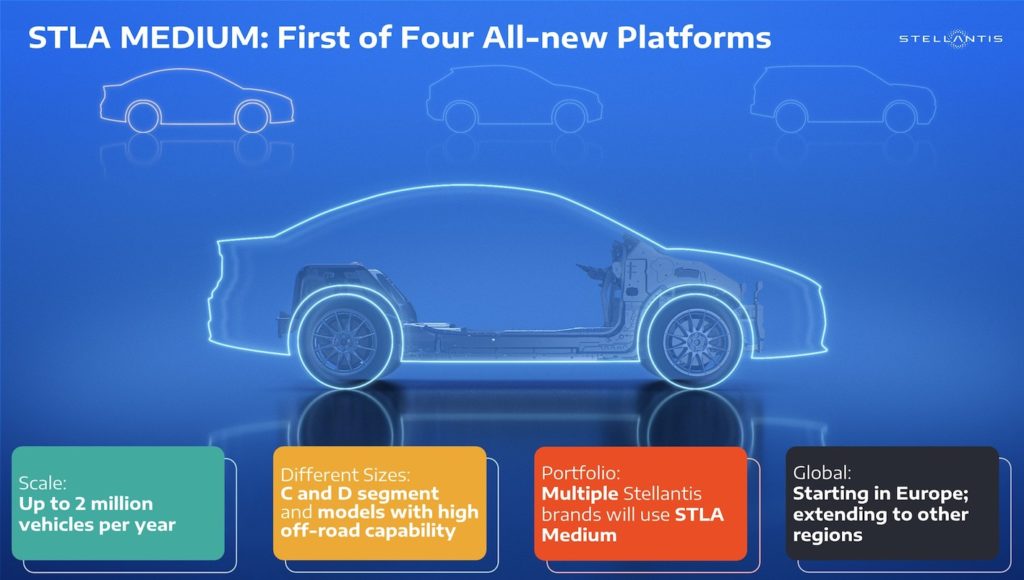
It will be based on the STLA Medium platform of the Peugeot e-3008 in a different dimensional definition, and will retain the same technical data, including a 98 kWh battery and 700 km range. Unlike the forthcoming 3008, the DS8 will only be offered in an electric version, probably with two types of battery and two architectures, 4×2 and 4×4. Originally scheduled for the spring of 2024, the presentation of this major innovation has been postponed until the autumn.
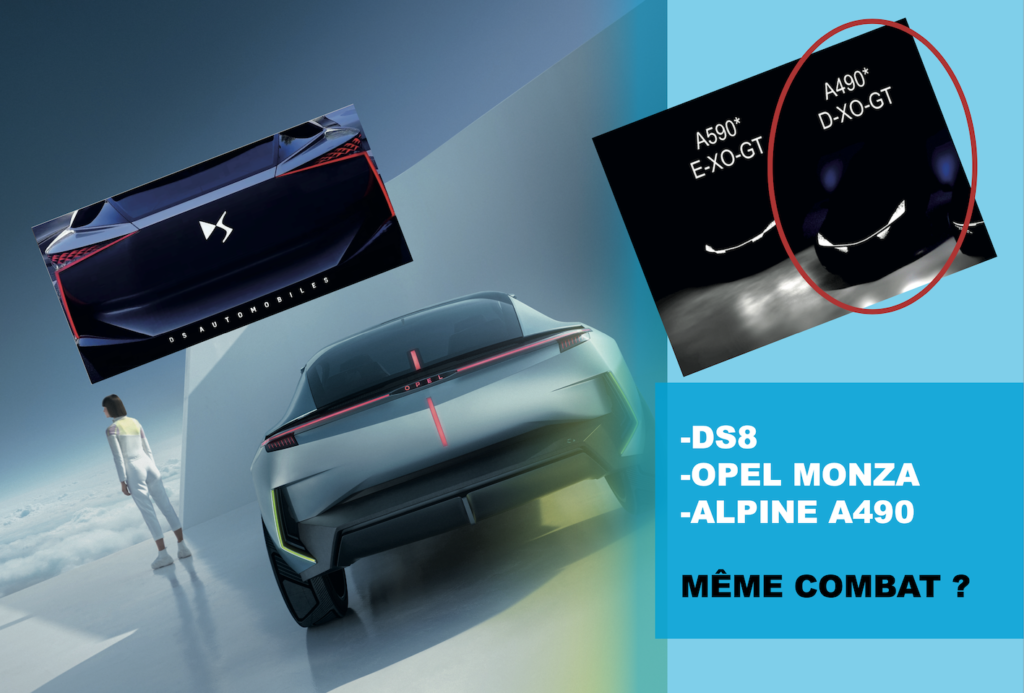
This would not help Opel’s cause, as it would offer a silhouette of the same size but with an SUV feel, and would be presented after the DS8. The next stage in the DS product plan will logically concern the renewal of the DS3, DS7 and DS4, with the question of whether the future DS3 will go after the MINI with a much larger body. On the other hand, this future DS3 should carry on board the innovations of the M.i.21 research concept seen last year.
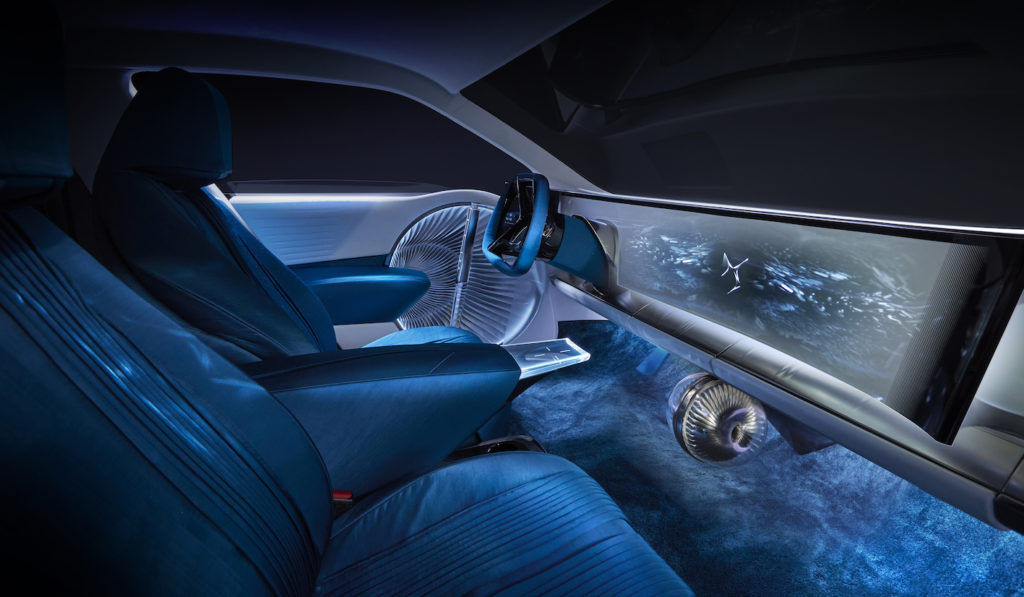
Another question: will the replacement for the DS4 – born in 2021 – come out before or after the Lancia Delta, announced for 2028? Both should be very close cousins in terms of architecture and size. As for the future DS7, it is unlikely that DS will dare turn a successful concept on its head. Tomorrow’s DS3, DS4 and DS7 will be 100% electric. Compared with Alpine’s product plan, which we are about to discover, DS’s seems less ambitious for the time being. With its DS3, DS4, DS7, DS8 and, now, DS9, the range does not have the famous six silhouettes that were once announced.
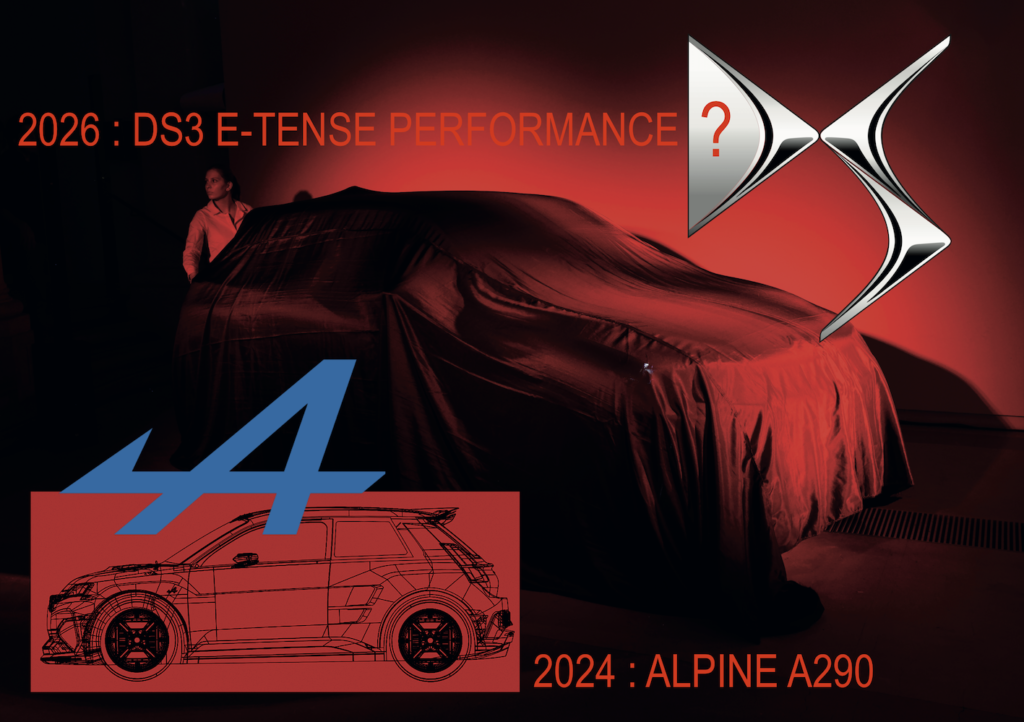
We therefore hope that a (very) pleasant surprise is in the pipeline. With the sporting support provided by the presence of DS Automobiles in the Formula-E world championship (electric F1), combined with the presentation of a number of concept cars with a DNA hungry for sportiness and performance, we know that the Stellantis-based marque is cut out to go after the future Alpine A110, A110 Roadster and A310. The latest DS E-TENSE Performance concept car may give us reason to expect a surprise production model.
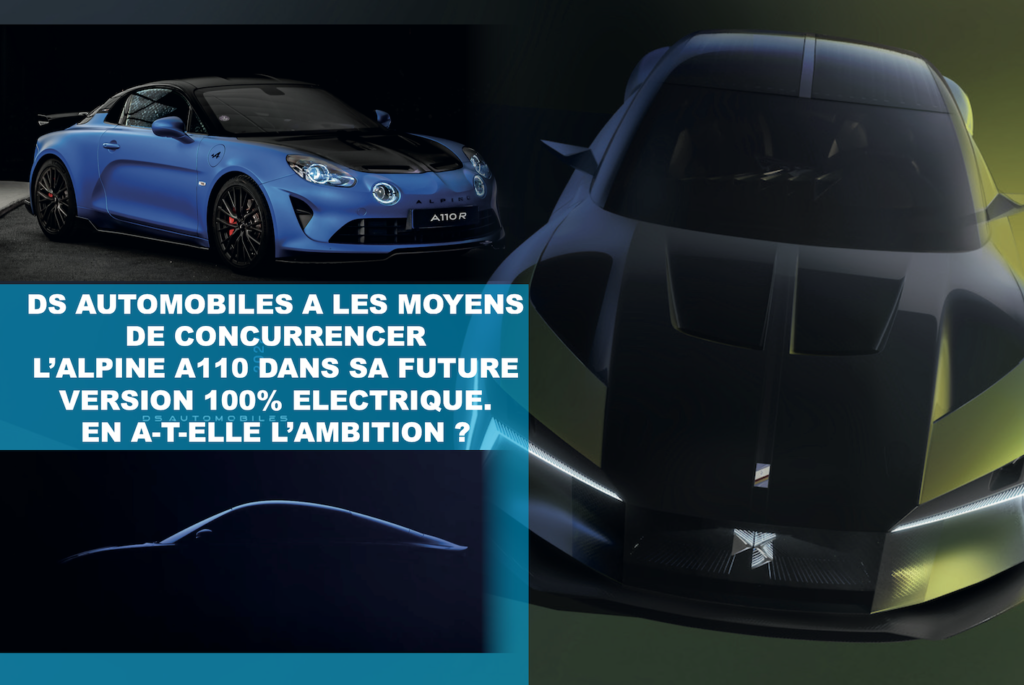
DS Automobiles described the concept car as a “very high-performance laboratory”, based on a carbon fibre body and housing two electric motors with a combined output of 815 bhp. It is, of course, a four-wheel-drive vehicle. Thomas Chevaucher, Director of DS PERFORMANCE, explained at the presentation of the concept that “the aim is to apply the experience we have acquired in Formula-E and the expertise we have gained from our international titles to a project that prefigures the high performance electric car of tomorrow”. But while such a sporty DS would compete with the future Alpine A110 Coupé, Roadster and A310, the Renault Group brand would also be competing with DS in other segments, as we shall see.
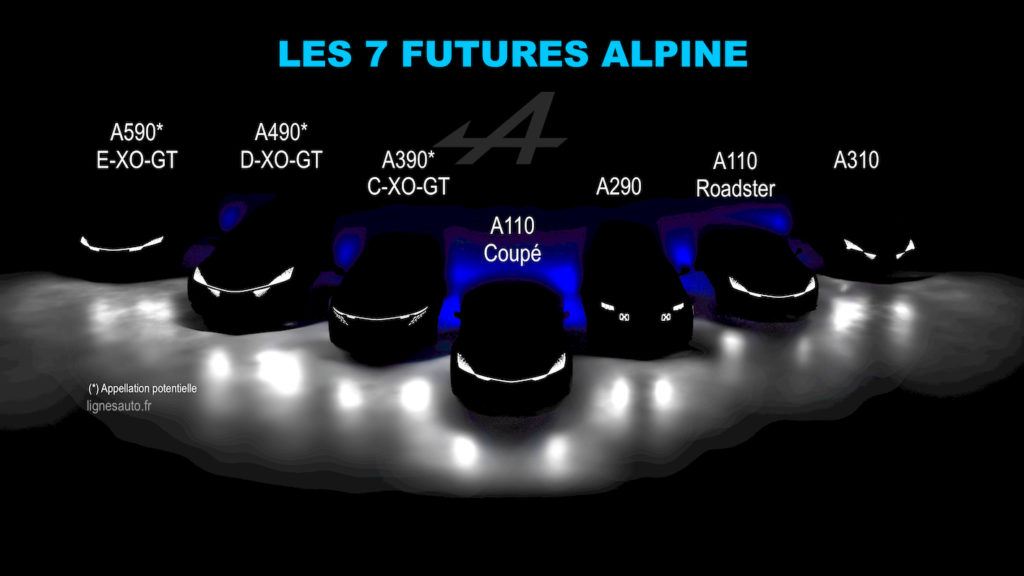
The seven silhouettes in the Alpine range are now official. It comprises two distinct offerings: sports cars (called ’10s’) and lifestyle crossovers (called ’90s’). The future A110, A110 Roadster and A310 will not be designed on a common platform with Lotus as had been hoped, but on a new platform designed in-house, the APP for ‘Alpine Performance Platform’. The three Alpines based on the APP will arrive at the end of 2026, 2027 and 2028 respectively for the A310.
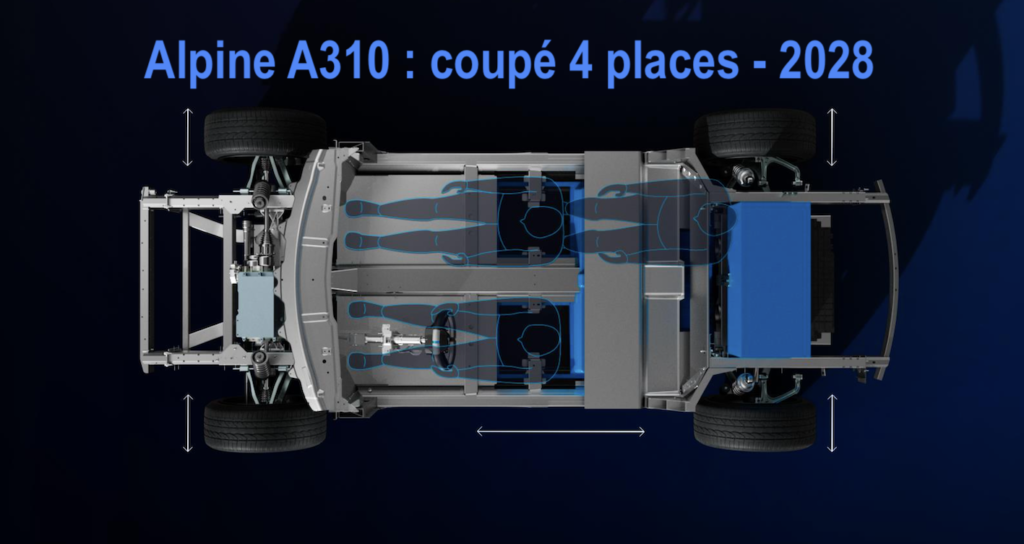
Alpine officially announces that “this complete range of sports cars will consolidate Alpine’s presence in its core markets of Europe and Japan. It will serve as a springboard for its international expansion, particularly in the United States and Asia, where the new models will be offered from 2027. The idea is to move from a niche segment to a complete, global brand. By combining the line-up and geographical expansion, Alpine is aiming for an operating margin in excess of 10% by 2030, thereby ensuring the sustainability of its business model”.
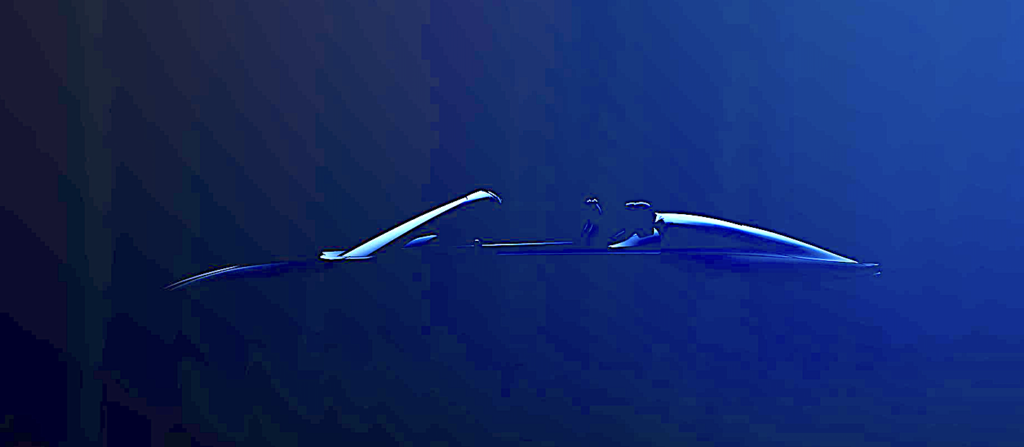
Like DS Automobiles, Alpine is not alone in tackling its ambitious development. While DS Automobiles can count on Stellantis platforms and shared investments in the Premium division (DS, Alfa-Romeo and Lancia), Alpine has already announced that the design of its APP platform “will benefit from the SDV (Software-Defined Vehicle) expertise of Ampere, the Renault Group’s future electric and software pure player. The financial services of Mobilize Financial Services will enable the brand to attract and retain customers with tailor-made offers. Finally, in addition to its own network, Alpine will be able to rely on the Renault Group’s distribution network for international development.

And it is this last point that could make Alpine a very serious competitor to DS Automobiles by the end of this decade. While DS Automobiles is mainly targeting European markets – pending a new Chinese strategy? – Alpine is aiming much higher. Currently absent from the Korean, US and Chinese markets, Alpine plans to establish itself there from 2027 with the D-XO-GT crossover (A490) and the E-XO-GT crossover saloon (A590), followed by the A110 and above all the A310 in 2028.
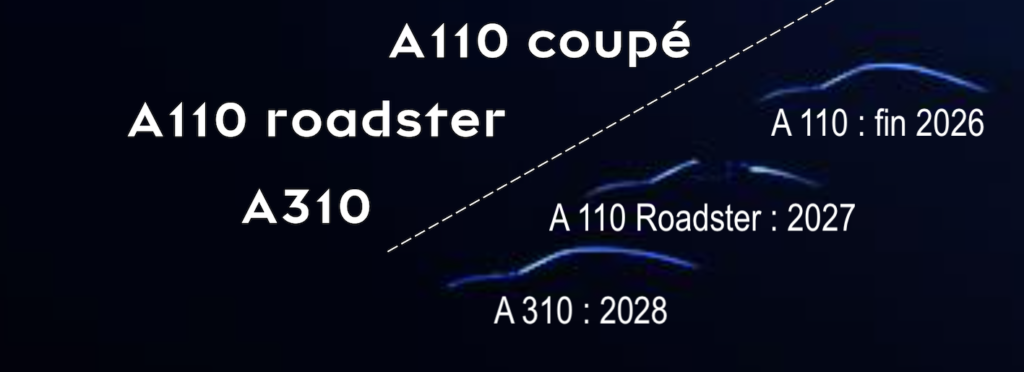
In order to support investment and production, a stake in the company by Chinese manufacturer Geely seems likely, building on the partnership signed between the latter and the Renault group for the creation of the Horse entity, dedicated to the development of hybrid internal combustion engines. Alpine has also confirmed that it is continuing to develop hydrogen-powered internal combustion engines. It’s a little nibble at the idea of a 100% electric range, which could prove decisive if the wind changes direction in Europe regarding electrification at all costs.
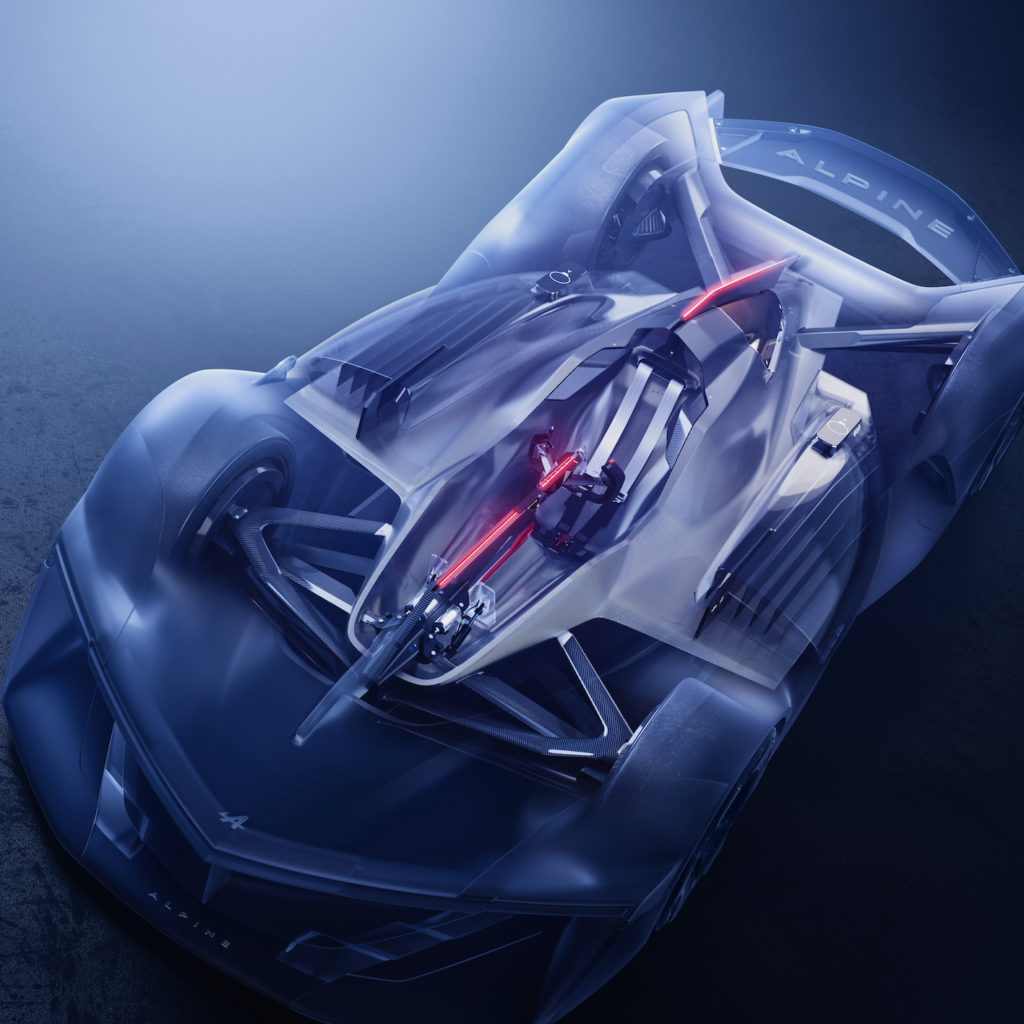
Renault also has industrial resources in South Korea with its Busan plant, which will produce the Polestar 4, a 100% electric SUV coupé, in 2025. Polestar is a brand of the… Geely group. This model has a modern powertrain and an underbody that could easily support the silhouettes of the A490 and A590.
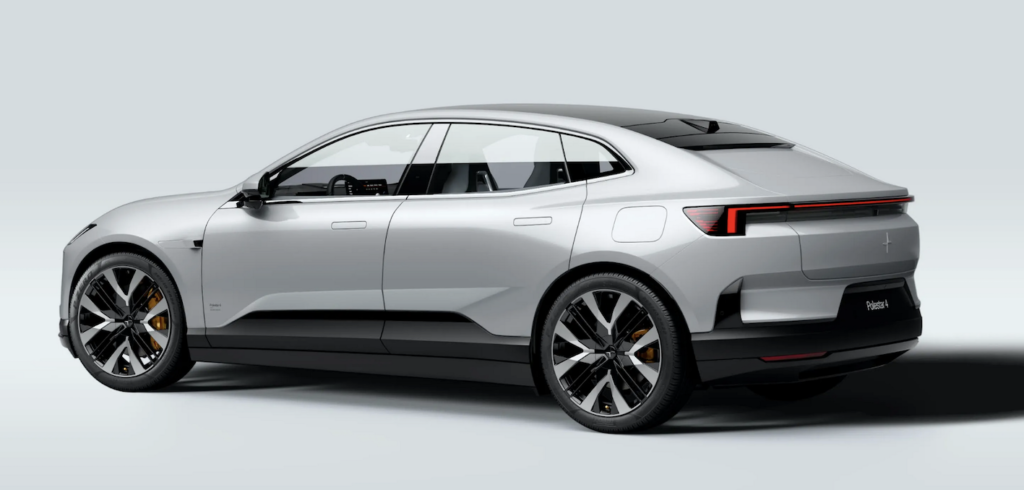
The Polestar 4 unveiled last year accelerates from 0 to 100 km/h in just 3.8 seconds, with a maximum power output of 544 bhp (400 kW). Several versions of the Polestar 4 are available, with one or two engines, or two 4×2 and 4×4 versions, the latter with semi-active suspension. The long-range version is equipped with a 102 kWh battery and has a range of almost 600 km. A range that exceeds 600 km on the 4×2 version (272 bhp).
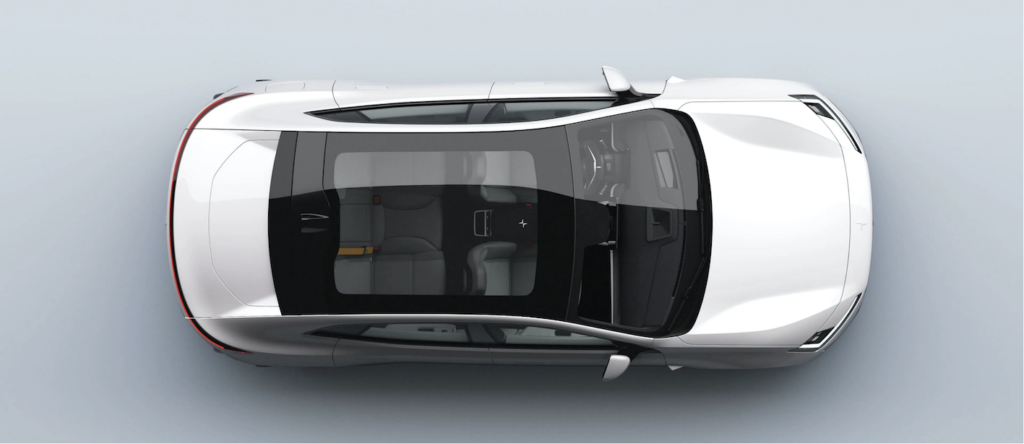
This possible alliance, if it takes shape, should be announced this year, or in 2025 at the latest. The silhouettes of virtually all the new Alpine models have already been finalised, as Antony Villain confirmed at the presentation of the A290 concept car. “The models exist because, in fact, we’re working on all the projects at the same time, at different stages of development of course. Some have already been finalised (the A390 crossover produced by Dieppe springs to mind) and others have already got off the ground. We’ve even been asked to export the A110 there! There’s quite a strong sports car culture there. It may be an exotic brand for them, but it speaks to them. When we get involved in crossovers, we have to respect the codes of these markets, particularly in terms of dimensions, and at the same time bring in all our expertise in terms of suspension, performance, driving pleasure and a much more French design. These projects are enabling us to do some truly incredible things – we’d never have imagined it!”
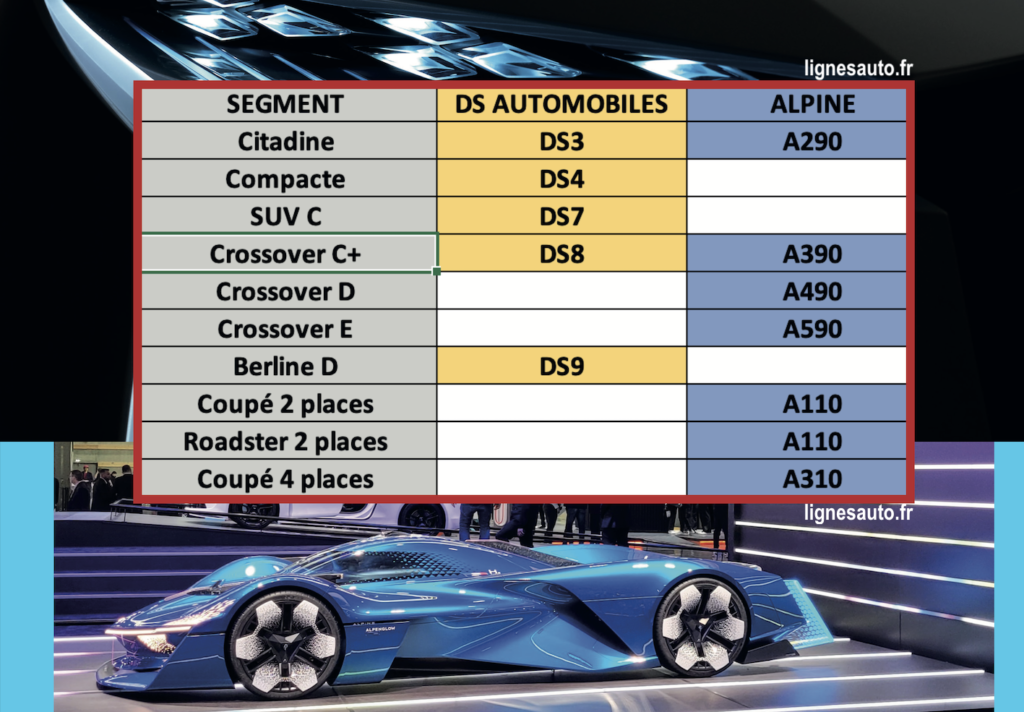
With most of the Alpine offensive officially revealed, we would have liked to know more about DS Automobiles. This might have been the case if the concept car planned for 2024 had not been put in a cupboard by the brand’s new director, François Olivier. It’s true that with the electric DS4 and the forthcoming DS8, it’s a busy year for the premium brand from Stellantis.
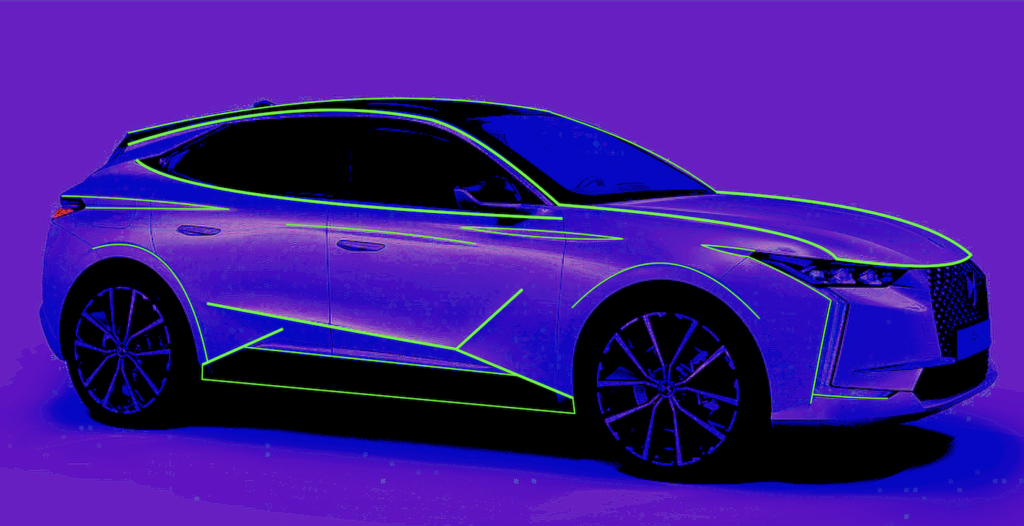
However, alongside the classic range and the DS8 crossover, DS would be well advised to respond firmly to Alpine with a hypothetical (very) sporty coupé. The head of Stellantis, Carlos Tavares, is undoubtedly the hardest to convince… To end on a very positive note, let’s rejoice in the fact that we have two French brands that are aiming for a certain savoir-faire: French elegance in the DS, and legitimate sportiness in the Alpine. It is to be hoped that the promise of one will lead to a beneficial confrontation with the other. Because strength comes from adversity. And sometimes, from a little suffering. So, who will win this Franco-French duel at the dawn of the next decade?
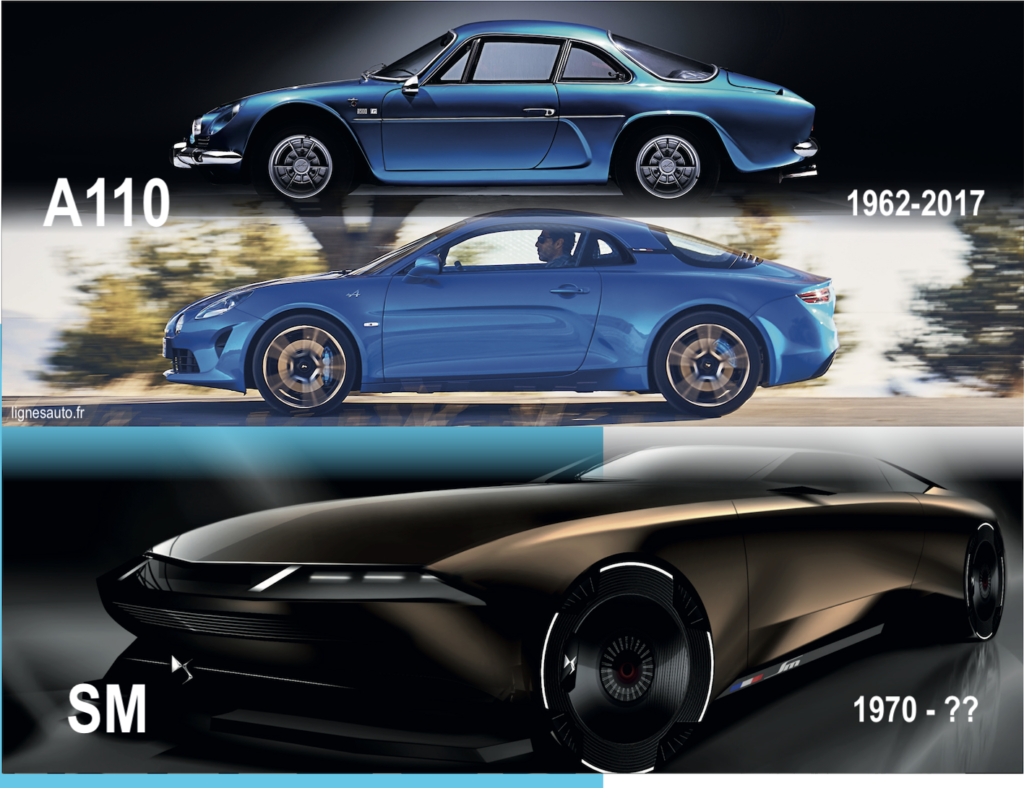
BONUS: where will these new French premium products be produced?
On the Alpine side, let’s take the official news. The A290 will be derived from the R5 EV, and will therefore be produced alongside it at the new plant in Douai. The C+ segment crossover (the A390) has been officially announced as going into production at the Dieppe plant. “The momentum generated by Alpine is reflected in Dieppe’s announcement of production of the future Alpine GT crossover, offering a clear future and solid prospects for its historic industrial site,” said Luca de Meo at the time.
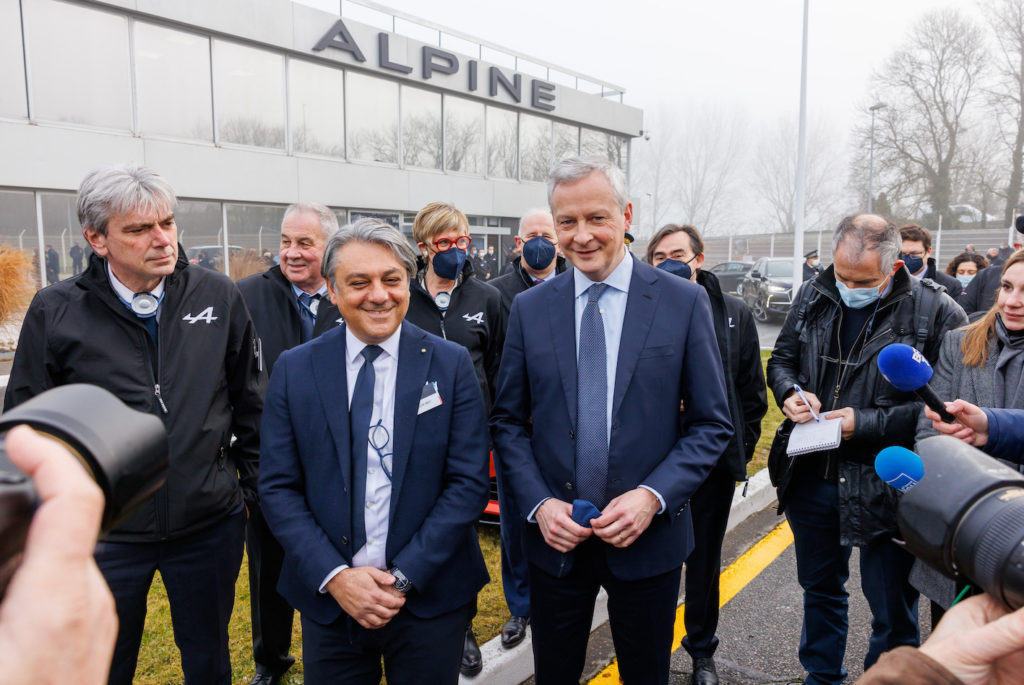
However, as the platform is the same as that used for the Mégane E-TECH, the Scénic E-TECH and the Nissan Ariya, it is likely that assembly will take place in Dieppe rather than 100% production. To be confirmed. The three Alpines designed on the APP platform could leave Dieppe, but commercial ambitions should leave the door open to other production sites, closer to the target markets: the United States and Asia. Finally, we have mentioned the possibility that part of the production of the A490 and A590 could be carried out in South Korea, to promote exports to the American market.
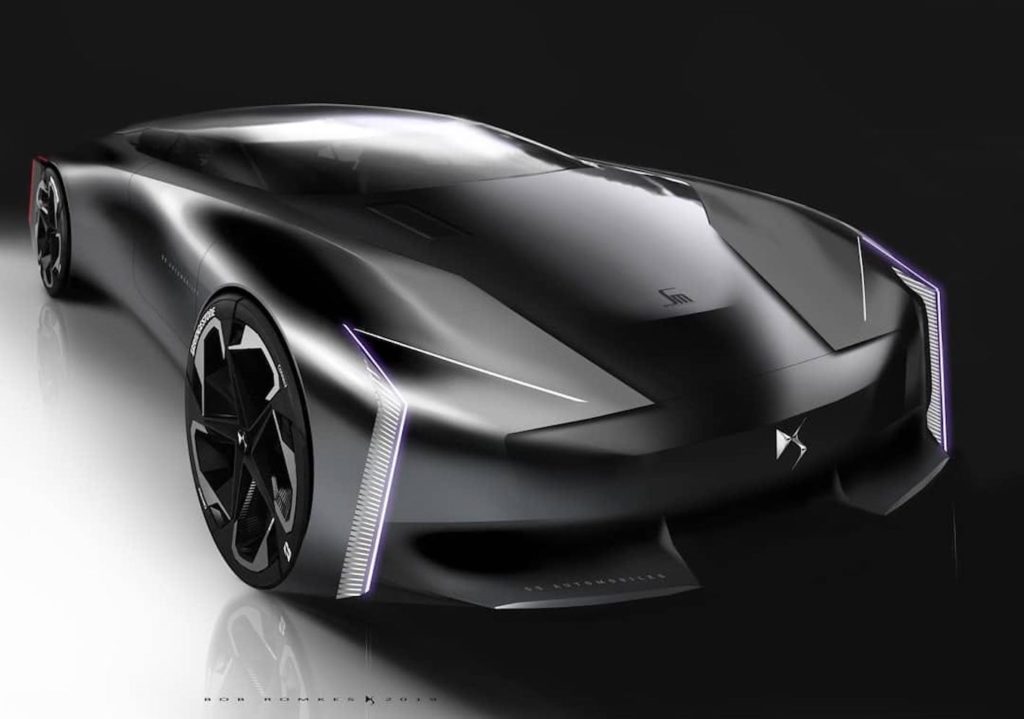
As far as DS Automobiles is concerned, the DS3 is currently produced in France, at Poissy. What about its replacement? The same question applies to the DS4, which is currently produced in Germany at Opel’s factories, but what about tomorrow? The other DS produced in France is the DS7, at the Mulhouse plant, while the DS9 is produced in China.
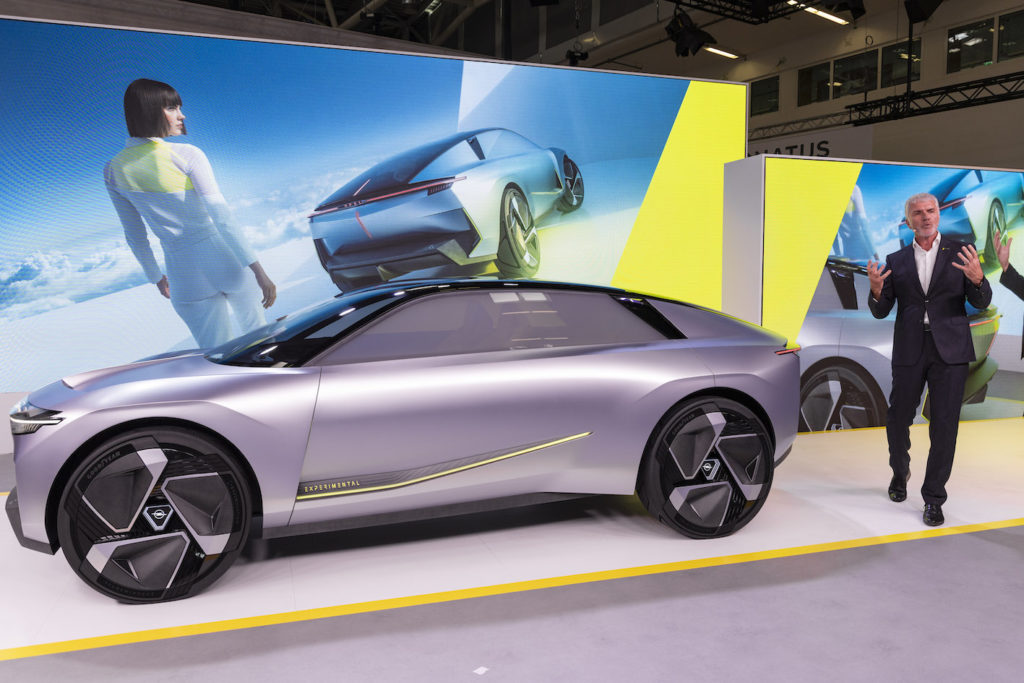
As for this year’s big news, the 100% electric DS8, it will be produced… in Italy at the Melfi plant in the Basilicata region between Naples and Bari. And DS Automobiles is slipping in this official info: “a second DS Automobiles model will be able to benefit from the know-how of the Melfi plant at a later date”. Will it be a new model or a renewal of a current silhouette, like the DS4 with its cousin Lancia Delta in 2028? With cockpits that smack of French know-how, it’s all the more surprising (apart from the industrial aspect) that Lancia, a competitor of DS, will be putting its Italian know-how to good use. The future Gamma, which is architecturally similar to the DS8, could also be produced in Italy, which seems more logical for the DS8!

